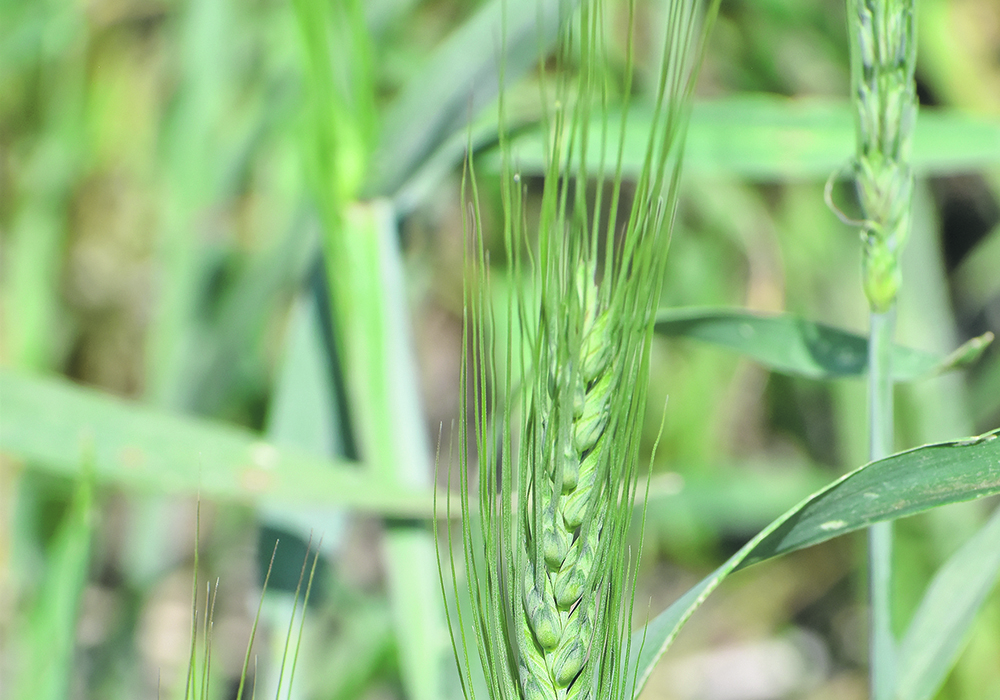The USDA doesn’t believe Russia’s planned wheat tax will significantly affect the market, even as Russian prices soar
There is a growing gap between how the U.S. Department of Agriculture and global wheat markets are viewing the impact of Russia’s proposed export restrictions, says an analyst.
“I don’t think the market particularly agrees with (the USDA),” said Bruce Burnett, analyst with MarketsFarm.
Russian wheat prices shot up in response to the recently announced, planned government restrictions on exports.
On Dec. 14, the country said it would be implementing an export quota of 17.5 million tonnes on wheat, rye, barley and corn that will be in effect from Feb. 15 to June 30, 2021.
Read Also

Organic farmers urged to make better use of trade deals
Organic growers should be singing CUSMA’s praises, according to the Canadian Chamber of Commerce.
Wheat exported within that quota was initially going to face an export tax of US$30 per tonne during that time period. Anything above the quota would face a tax of 50 percent but not less than $121 per tonne.
On Jan. 15, the Russian government announced its intention to raise the wheat tax even higher to $60 per tonne between March 1 and June 30, 2021. That pushed wheat prices even higher.
However, the USDA doesn’t think the restrictions will have the dramatic impact the market is forecasting.
In its recently released Grain: World Markets and Trade report, the USDA said Russia’s coarse grain trade volumes are usually relatively low during the proposed quota period anyway.
“Russia has only once exceeded a combined volume of 17.5 million tonnes between February and June for these grains,” stated the report.
“As a result, the wheat export forecast was trimmed only slightly this month, with the in-quota tax expected to dampen competitiveness.”
The USDA dropped its January forecast for Russia’s 2020-21 wheat exports to 39 million tonnes from 40 million tonnes in the previous month’s report.
It noted that Russia has already shipped out 25 million tonnes, or two-thirds of that forecast between July and December, 2020.
And exporters are ramping up shipments in advance of the mid-February restrictions, so a lot more should be moving out the door between now and then.
Burnett said the market appears to sharply disagree with the USDA. Russia’s GASC wheat tenders shot up $58 per tonne or 23 percent since the restrictions were announced.
The USDA is forecasting 12.53 million tonnes of wheat ending stocks for Russia, which is the world’s largest exporter of the crop. That would be the largest carryout in a decade.
Clearly the market disagrees with that assessment because prices have been steadily on the rise.
SovEcon says the USDA’s 39 million tonne export forecast is “way too high.” SovEcon is forecasting 36.3 million tonnes, a number it says could easily be reduced in the coming months.
However, what if the USDA is right and Russia’s export restrictions do not result in a huge curtailment in shipments out of that country?
Burnett said prices would readjust and that $58 per tonne bump in Russian values would evaporate. That would have a trickle-down impact on Chicago wheat values.
The good news for western Canadian growers is that Burnett feels spring wheat is already undervalued compared to other wheats, so it probably wouldn’t be affected as much.
He said it is entirely plausible that Russia could announce a month from now that it is cancelling the export taxes, so it is something that farmers need to be wary of.
Australia and Canada would be the main beneficiaries of a curtailed Russian export program, said Burnett.
Canada’s bulk wheat exports were already two million tonnes ahead of last year’s pace through week 23, according to the Canadian Grain Commission.
He anticipates Canadian exports will only gain momentum with Russia backing off and the U.S. largely on the sidelines due to excessive corn and soybean shipments off the west coast of that country.
The USDA believes Russia is going to lose market share to Ukraine and Romania in Egypt and to India in Bangladesh.
Burnett said the market is in the midst of transitioning from an old crop mindset to focusing on the new crop, and Russia’s 2021-22 winter crop is off to an abysmal start due to dry conditions.
SovEcon is forecasting 76.8 million tonnes of Russian wheat production in 2021-22, down from 85.9 million tonnes this crop year. That is contributing to the market’s bullish sentiment.

















